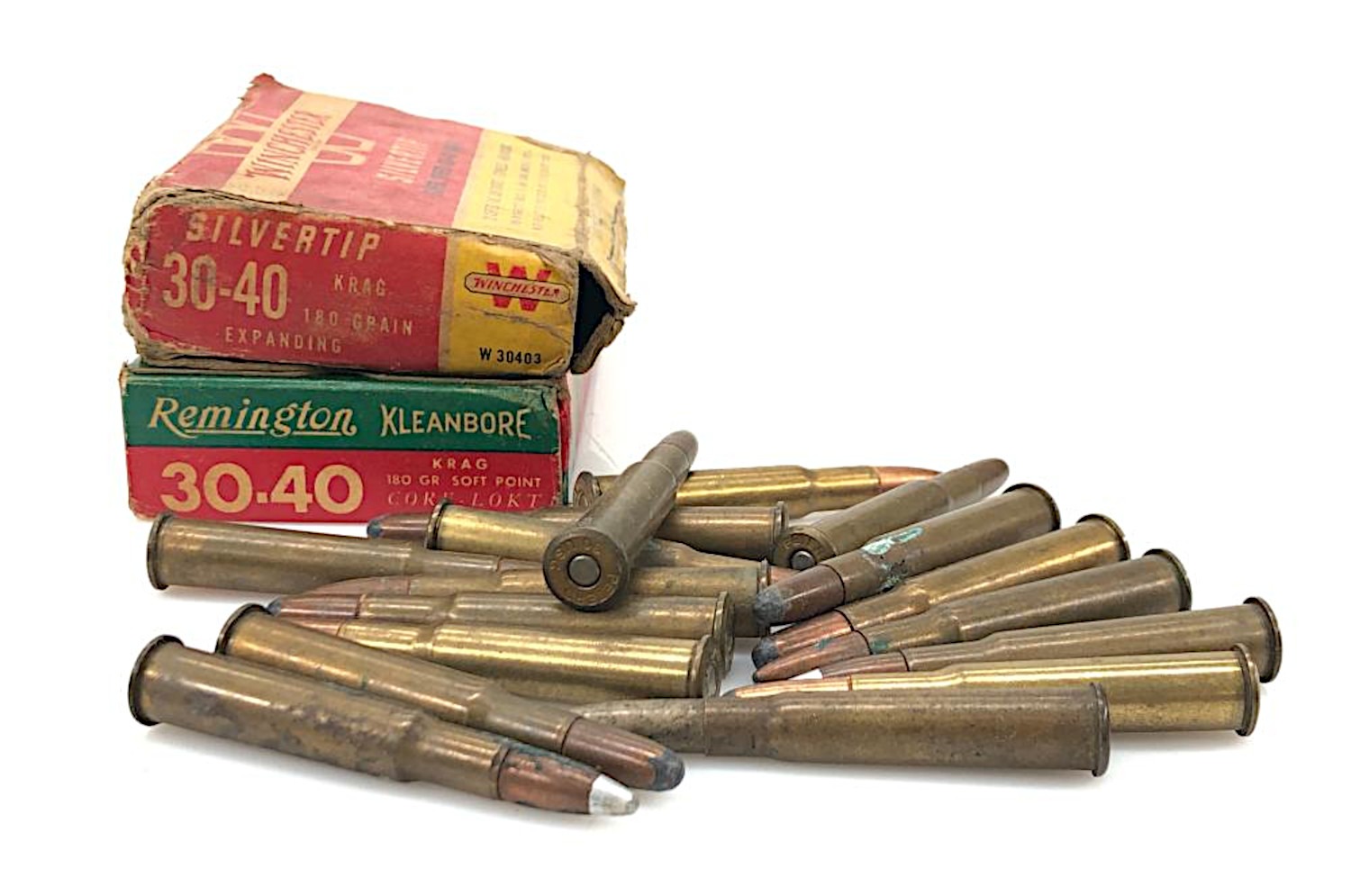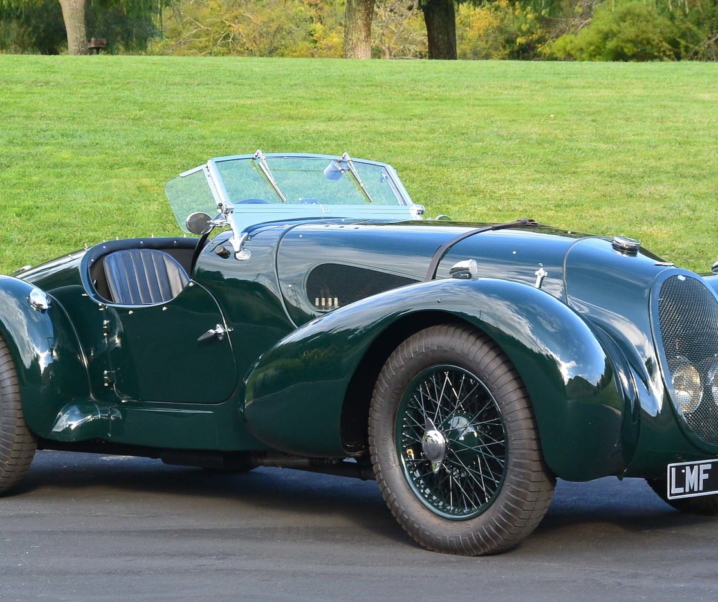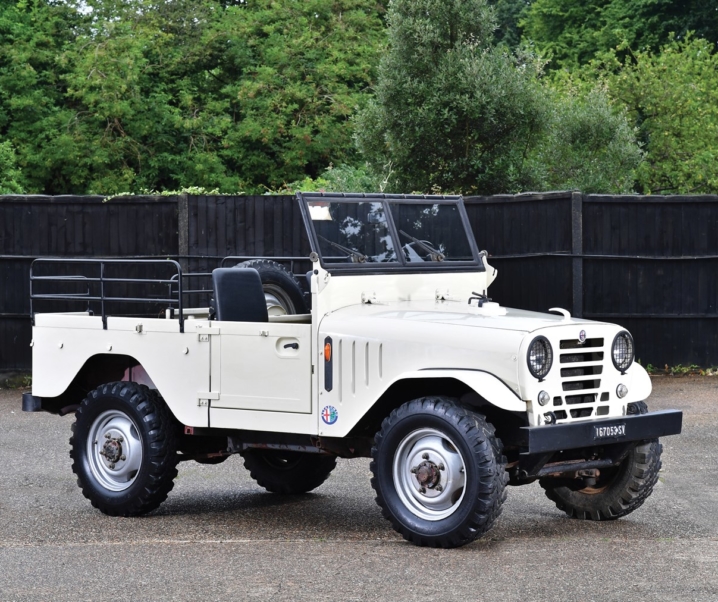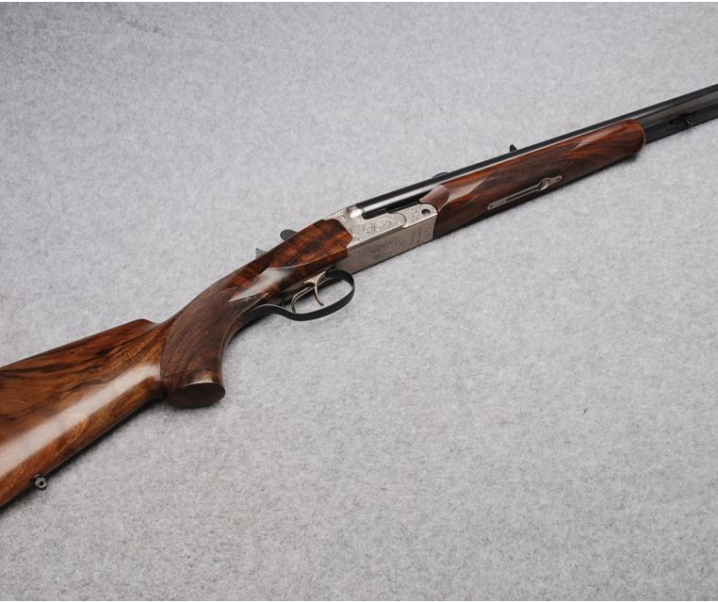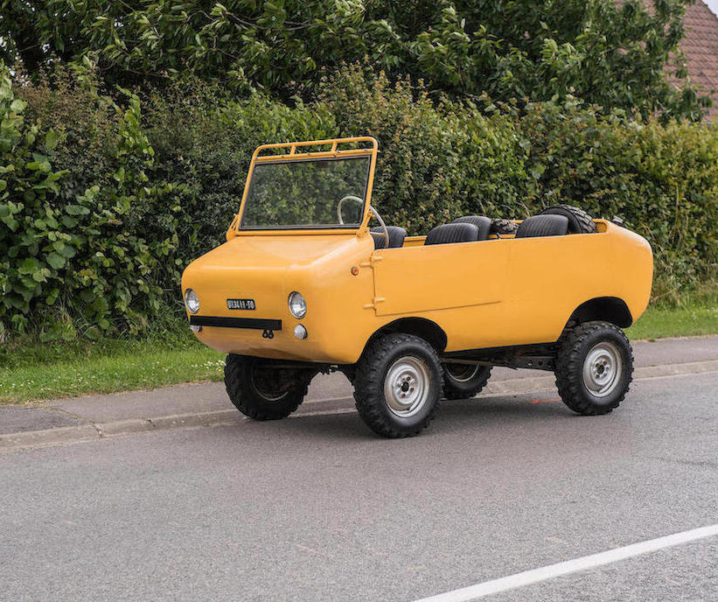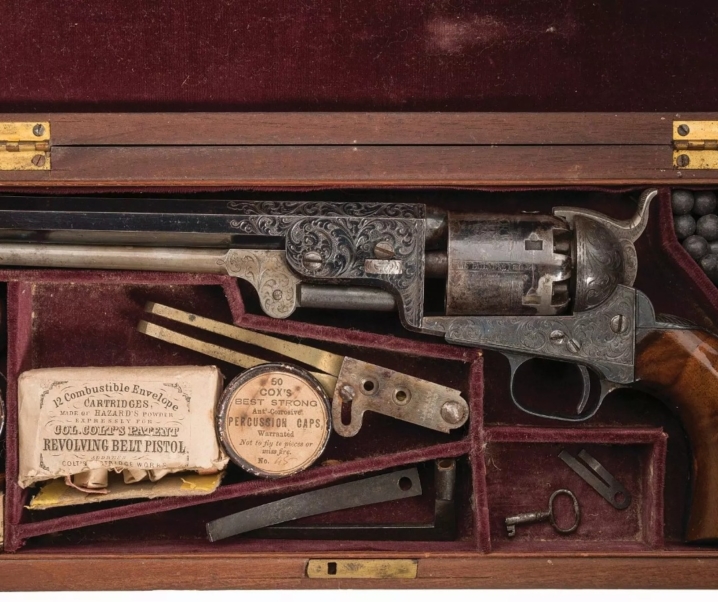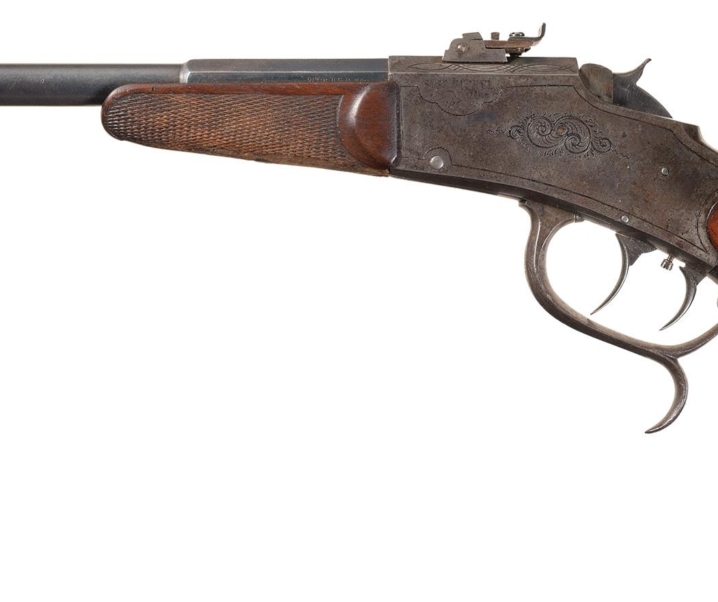The 30-40 cartridge was first adopted by the US Army in 1892 when they selected the Krag-Jørgensen as their rifle with which to replace the Trapdoor Springfield. The 30-40 went on to be used in a number of wars, seeing its last active service during the First World War ending in 1918.
The 30-40 became a popular sporting cartridge during the 1920’s and 1930’s and remained popular beyond the 1970’s.
Fast Facts
- The 30-40 Krag was adopted as the United States service cartridge in 1892 along with the Springfield Krag-Jørgensen rifle.
- The cartridge is also known as the .30 U.S. and the .30 Army.
- Although the Springfield Krag-Jørgensen was superseded by the Springfield M1903 in 1903 the Krag rifle and 30-40 cartridge continued in second line army use through to the end of the First World War in 1918, after which the rifles were sold off as military surplus.
- With large numbers of Springfield Krag rifles being snapped up by sporting shooters the commercial ammunition manufacturers were quick to begin making sporting 30-40 Krag ammunition so the cartridge became popular.
- Rifle manufacturers began to make sporting rifles chambered for the 30-40 Krag, including Winchester who made their pre-64 Model 70 in 30-40, and Ruger who made their No.3 single shot carbine in 30-40.
History
The 30-40 Krag cartridge was a product of the 1880’s when the armed forces of the major nations of the world realized that their black-powder rifles were rendered obsolete by the advent of the new smokeless powders, which had been made possible through the work of a number of chemists including Alfred Nobel, Paul Vieille, and others.
Among the first to embark upon making the move from black-powder rifles to nitro smokeless powder were the French and the British, and these two set the early pattern which a number of other nations would tend also to adopt in the early stages of this transition.
The 8x50R Lebel of France was the first of the nitro rifle cartridges and it saw adoption in 1886.
The British were not left behind but made their transition in two stages. The 303 British cartridge was first introduced loaded with black-powder in 1888 for use in the Lee-Metford rifle, whose Metford rifling was specifically designed for black-powder cartridges: and this was followed in 1891 with the smokeless powder “Cordite” loading, which necessitated the change from Metford rifling to Enfield rifling, and the rifle then being referred to as the Lee-Enfield.
The 303 British cartridge and the Lee-Enfield rifle would go on to become one of the great success stories in rifle and cartridge design. It remained in service, with both ammunition and rifle getting progressive improvements, until after the end of the Second World War when they were replaced by the FN FAL rifle and 7.62×51 NATO cartridge.

In the United States there was recognition of the need to re-arm. The single-shot Trapdoor Springfield and its black-powder 45-70 cartridge were clearly obsolete. US soldiers, sailors and marines needed to be equipped with a rifle and ammunition that would ensure a level playing field for them when they came up against an enemy armed with repeating rifles loaded with new high-velocity nitro ammunition.
To make the best possible choice of new rifle for the US military it was decided to invite makers from the United States and Europe to submit rifles for a trial, which was concluded in 1892 and which involved comparison between approximately fifty rifles.
The winning rifle was the Norwegian Krag-Jørgensen and it was adopted as the Springfield M1892.
The US Military wanted their new rifle to use a uniquely American cartridge so while the Krag-Jørgensen was being made in Europe chambered for the Danish 8x58R the Americans wanted a .30″ caliber cartridge and so they designed the 30-40 for their new Springfield Krag-Jørgensen rifle.
This nomenclature was the same as used for such American cartridges as the 45-70 which the new Krag cartridge replaced, and others such as the 44-40 which was perhaps “the cartridge that won the West”.
This naming system identified the calibre of the rifle, followed by the charge of propellant powder in the case. So for the 45-70 the bore diameter was .45″, bullet diameter .458″, and the powder charge 70 grains. In the case of the 45-70 that powder charge was of black-powder.
For the 30-40 Krag the bore diameter was .30″, the bullet diameter .308″, and the powder charge 40 grains of nitro-powder. It’s important to note that the 30-40 was never loaded with black-powder, only nitro smokeless powder. (unlike the 303 British which was loaded with black-powder until the British chemists were able to catch up to the French and create their own nitro smokeless powder for it).
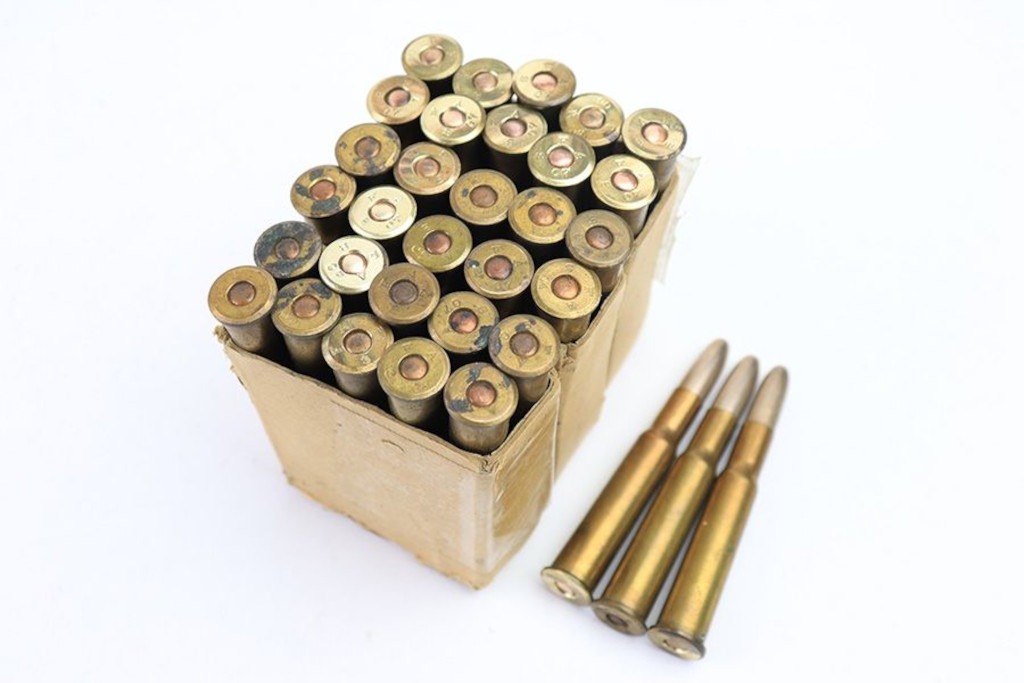
Perhaps not surprisingly this new 30-40 cartridge was very close in dimensions to the 303 British, but not interchangeable: and its ballistics were also very similar. It fired a 220 grain full metal jacket bullet at a muzzle velocity of 2,000fps from the 30 inch barrel of the standard rifle, and 1,960fps from the 22 inch barrel of the later carbine versions.
The Springfield Krag-Jørgensen rifle and 30-40 cartridge were superseded by the Springfield M1903 rifle and initially the 30-03 cartridge, followed by the well known 30-06. But the Krag rifle and 30-40 ammunition did not instantly find themselves on the scrap heap: they were used as second line rifles all the way up to the “Great War” (i.e. World War I). But after that Springfield Krag rifles that had served their country well were sold off in large numbers and went on to new lives in the hands of sporting shooters, farmers, and professional shooters.
The 30-40 Krag Becomes a Sporting Rifle Cartridge
The surplus 30-40 Springfield Krag rifles came onto the civilian market at what turned out to be a perfect time: they were on the market well before the onset of the Wall Street Crash of 1929 and the Great Depression that sprang out of it.
Sporting rifle ammunition makers were well motivated to load and sell 30-40 sporting ammunition with both Winchester and Remington loading for it: and as of 2024 the 30-40 Krag still appears in each one’s ammunition catalog:
- You’ll find Winchester’s 2024 Ammunition Catalog here. The 30-40 Krag ammunition ballistics is listed on page “30” (in your PDF viewer page 32).
- You’ll find Remington’s 2024 Ammunition Catalog here. The 30-40 Krag ammunition ballistics is listed on page “110” (in your PDF viewer page 57).
- You’ll find Hornady’s 2024 Ammunition Catalog here. The 30-40 Krag ammunition is listed in the Custom section on page 37 and you’ll find the ballistic information on page 166.
The Remington and Winchester loadings are also listed in the Oehler Ballistic Explorer computer program.
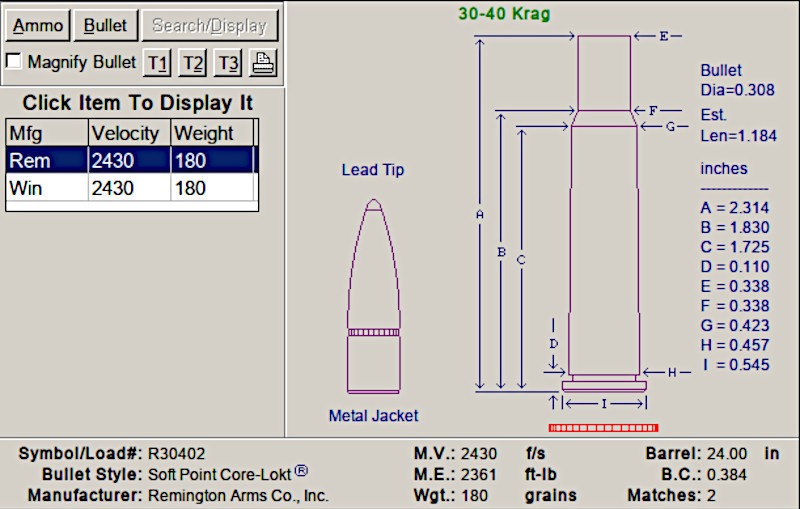
The factory loadings from the major manufacturers such as Remington, Winchester, and Hornady (which you’ll find under their Custom Rifle group listing) are designed for use on deer, wild pigs etc. and have proven perfectly adequate for this kind of hunting.
All use 180gn soft point bullets: Remington load their Core-Lokt, Winchester their Super-X Power Point, and Hornady their Interlock.
The 30-40 Krag was never created to be a long range precision cartridge. It is very much a deer and pig cartridge and has been successfully used on deer up to the size of elk at woods hunting ranges.
As the cartridge uses commonly available .308″ bullets finding suitable projectiles is not a problem, but finding cases might be.
Load data for the 30-40 Krag is quite plentiful, the cartridge was popular back in the early 1970’s when I started shooting and so the loading manuals of that era all featured it.
- Nosler publish their 30-40 Krag load data online which you’ll find here.
- Hodgden publish their 30-40 Krag load data online which you’ll find here.
- Speer publish their 30-40 Krag data which you’ll find here by bullet weight:
- For those in Australia and New Zealand ADI publish their load data for the 30-40 Krag here.
Rifles Chambered for the 30-40 Krag
The most common rifles in the United States chambered for the 30-40 Krag are the Springfield Krag-Jørgensen rifles which were made in various models. These Krag rifles have a reputation for a butter smooth action and can deliver “minute of deer” accuracy: they are good for woods hunting but not for long-range precision.
Some of these rifle will have been kept in original condition, and some will have been sporterized with varying degrees of skill, or lack thereof. There are some staggeringly beautiful sporters out there, and there are a lot of basic “meat-getter” examples as well.
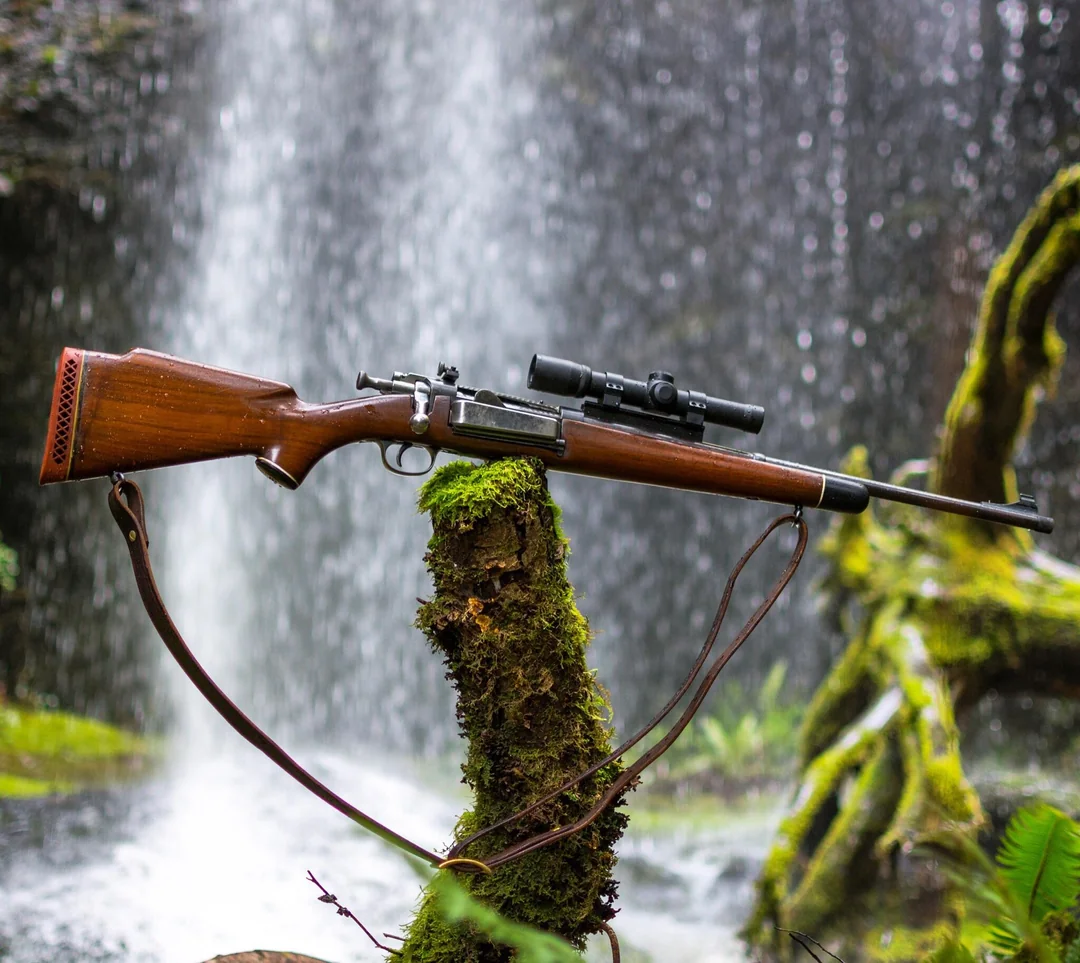
Some people have used the Krag as the basis for a “Scout Rifle” and it can make a rather neat and interesting rifle so configured.
But the field is by no means limited to these. The 30-40 Krag has been chambered in a range of rifles including the pre-64 Winchester Model 70, Model 1895 lever action, and the Ruger No.3 single shot carbine, as well as a host of custom rifles.
Are there any current production rifles being made chambered for the 30-40 Krag? Indeed there is one that I know of at time of writing: the current production Winchester M1895 which you will find here.

The 30-40 Krag is nowadays regarded as being obsolete, having been overshadowed by the plethora of new cartridges and marketing campaigns that seek to make them popular. But the 30-40 is an excellent cartridge, providing somewhat better performance than the 30-30, and doing it in lightweight rifles with modest recoil.
Hopefully Americans will re-discover the 30-40 and keep it from sliding into the oblivion of obsolence.
Picture Credits: Feature image at the head of this post courtesy invaluable.com. All other pictures as individually credited.

Jon Branch is the founder and senior editor of Revivaler and has written a significant number of articles for various publications including official Buying Guides for eBay, classic car articles for Hagerty, magazine articles for both the Australian Shooters Journal and the Australian Shooter, and he’s a long time contributor to Silodrome.
Jon has done radio, television, magazine and newspaper interviews on various issues, and has traveled extensively, having lived in Britain, Australia, China and Hong Kong. His travels have taken him to Indonesia, Israel, Italy, Japan and a number of other countries. He has studied the Japanese sword arts and has a long history of involvement in the shooting sports, which has included authoring submissions to government on various firearms related issues and assisting in the design and establishment of shooting ranges.

